The subject of current transformers is pretty big when you’re talking about inverters and other kinds of power electronics. Tamura’s Craig Simpson went through some examples of that kind of technology in a recent video.
Tamura has been making current sensors for over 20 years and have developed quite a few different models of current sensors. They include Hall effect, open and closed loop sensors, and a new flux gate topology in current sensors.
Sensors with wide apertures are designed to handle PV and wind turbine applications and typically carry 2,000-A and 1,000-S ratings. One new model designed for the PV industry has a clip on it which gives the creepage and clearance necessary to meet a 1,500-V working voltage.
When you’re trying to pick a current sensor, the application engineer will want to know how much accuracy will be necessary. The open loop is about a 1% accuracy product. The closed loop is about 0.5% accuracy, so it offers a much better performance and of course a little bit higher cost to go along with that.
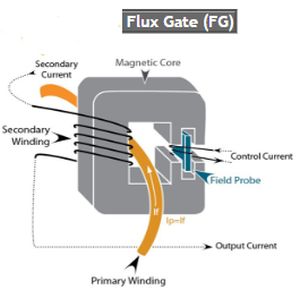 But then along with that is the new flux gate topology sensor which are all PCB mount devices but just have better performance. With a flux gate current sensor, the magnetic flux created by the primary current is balanced through a secondary coil using a magnetic probe device to provide a feedback and associated electronic circuitry to drive a compensating current in the secondary coil. The secondary (compensating) current is an exact (instantaneous) representation of the primary current and is converted to a voltage through an internal high precision resistor.
But then along with that is the new flux gate topology sensor which are all PCB mount devices but just have better performance. With a flux gate current sensor, the magnetic flux created by the primary current is balanced through a secondary coil using a magnetic probe device to provide a feedback and associated electronic circuitry to drive a compensating current in the secondary coil. The secondary (compensating) current is an exact (instantaneous) representation of the primary current and is converted to a voltage through an internal high precision resistor.

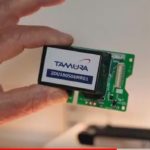
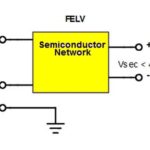
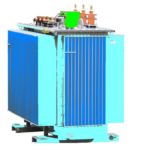
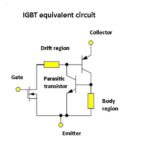

Leave a Reply